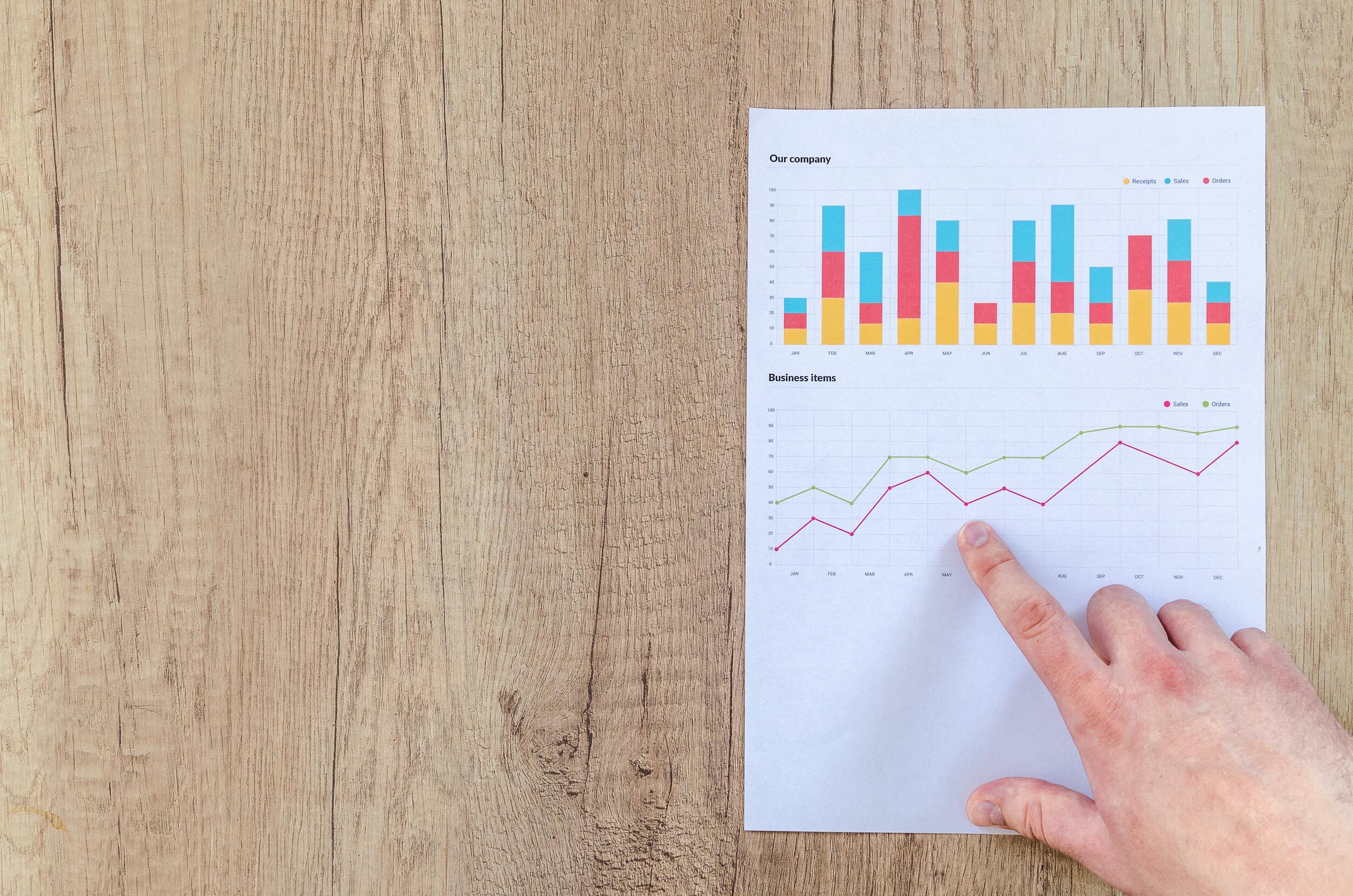#edgeforex #trading #markets #stocks #centalbanks #stagflation #recession #higher #longer #prices #breakeven #growth #inflation #cryprocurrency #bitcoin growth
The Ukraine crisis has resulted in derisking, which means bond markets are increasingly pricing in stagflation. Inflation breakeven curves in the United States, which represent market forecasts for future inflation, have blown out. Two-year inflation forecasts are approaching 4%, as nominal yield curves, which are the flattest since the pandemic began, reflect pessimistic economic growth projections.
“We remain concerned about Federal Reserve policy uncertainty and execution; consumption rebalancing; and the impact of inflation on profit margins.” Lower multiples, weaker revenue revisions, and wider term premiums and credit spreads all imply lower multiples. She expresses concern about the long-term viability of operational profit leverage, noting that demand was likely pushed ahead by the COVID, and that roughly three-quarters of the earnings forecast has been negative thus far.
Economists paint a bleak picture in which the Ukraine war rages on and the West responds with a series of long-term sanctions. Concerns about supply-chain constraints drive up longer-term inflation forecasts, eroding company and consumer confidence and slowing economic growth as energy costs skyrocket.
In this situation, central banks are caught between two fires and cannot postpone monetary tightening for long, they warn, implying that equities will fall, credit spreads will widen, and the dollar will strengthen against the euro.
Central Bank as a support
As it prepares to withdraw exceptional economic assistance and raise interest rates this month, the central bank hopes to orchestrate a soft landing and avoid a recession. The Fed is expected to favour growth over inflation, but reversing its current policy course is “very dangerous, raising the bar for a later policy shift quite high.”
The Federal Reserve may raise its inflation target from 2% to 3% in order to declare success on inflation sooner and with less damage to growth—even if this comes at the expense of higher long-run price inflation.

